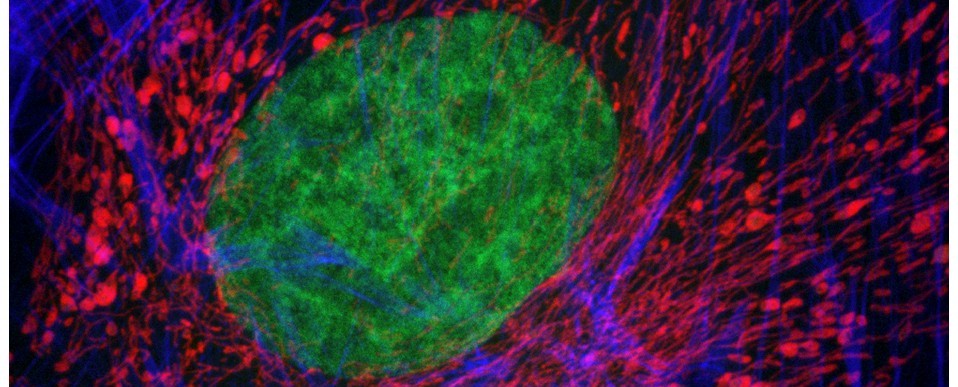What is slide scanning (virtual) microscopy and how can it help me in my research?
Slide scanning (virtual) microscopy is a method for digitizing histological tissue sections using a PC-enabled microscope with high-speed motorised specimen stage and digital camera. The system rapidly surveys and acquires large-scale high-resolution mosaic images at camera frame rates from multiple sequential image fields across the tissue section via raster scanning and adaptive focussing. The mosaic images are seamlessly stitched together in real time and can be freely navigated and manipulated as high-resolution overviews or as user-selected regions of interest (ROIs).
Slide scanning microscopy offers a number of benefits over conventional microscopy: (1) samples are digitally archived thus no sample deterioration (e.g. fading, spoilage or breakage) over time (2) ultra-wide imaging permits context sensitive examination of large histological sections rather than of ROIs (permitting global analysis of labelling patterns, reduced operator bias and simplified study designs) (3) multiple tissue sections can be batch processed under identical scan conditions offering increased reproducibility (4) a digital archive of high resolution images facilitates rapid data-retrieval and navigation, easy data-sharing and effortless incorporation of images into scientific reports, presentations and publications, and can be used for teaching purposes.
Further reading:
- Virtual microscopy database: an update
- Development of a virtual histology slide box
- Ghaznavi et al (2013) Digital imaging in pathology: whole slide imaging and beyond. Annu Rev Pathol Mech Dis 8: 331-359.
- Hamilton et al (2012) Virtual microscopy and digital pathology in training and education. APMIS 120: 305-315.
